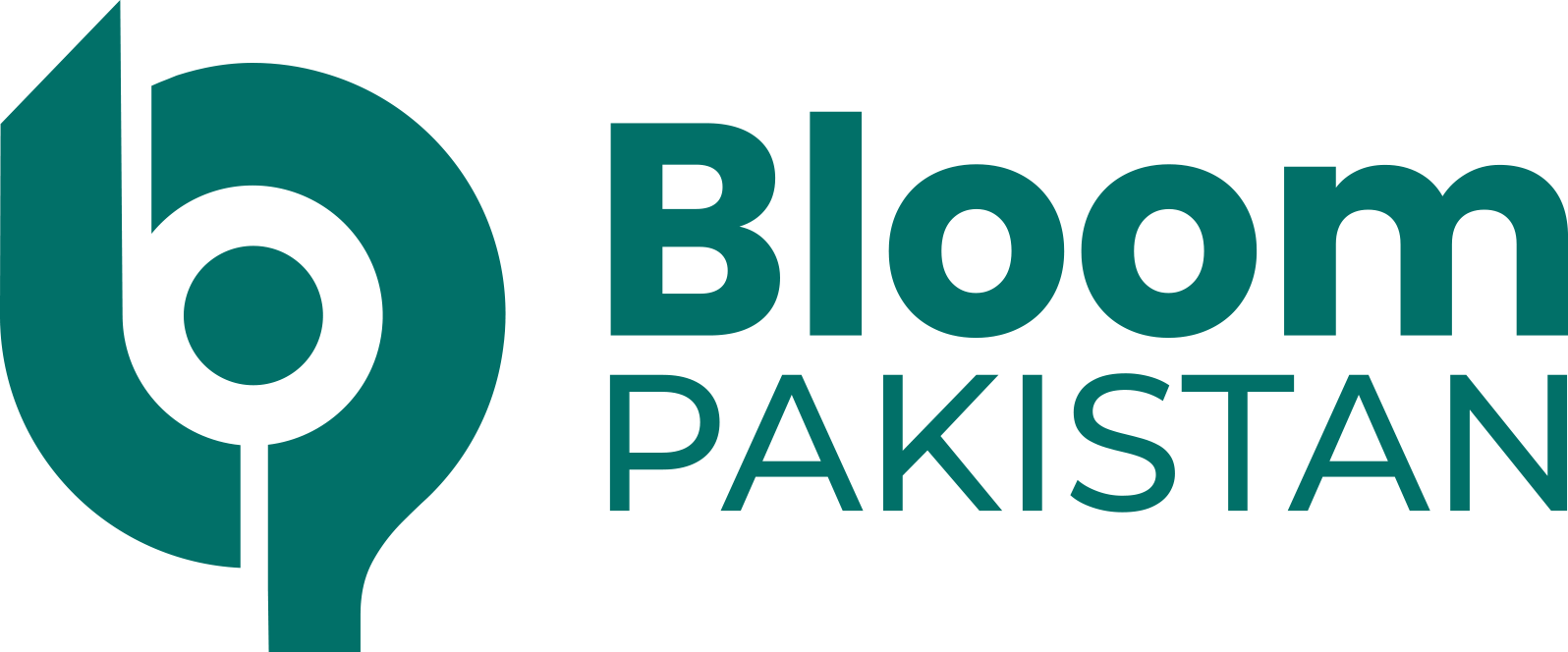Islamabad, 11 Apr, 2025: After months of active engagement with real estate developers and stakeholders, recent policy discussions on affordable housing appear to have hit a standstill. Murmurs suggest that a fresh incentive package potentially favoring elite developers might be in the pipeline, reigniting optimism in the Cement Sector.
Once seen as a priority under the current administration, the anticipated housing initiative has gone quiet despite earlier hints of launching a revamped low-cost housing program.
The discontinuation of the previous government’s Naya Pakistan Housing Scheme and the removal of home loan subsidies seemed to clear the deck for a new approach.
READ MORE:
PM’s Special Assistant Haroon Akhtar Khan Visits Gujranwala Expo 2025: Highlights Support for SMEs
For manufacturers of construction inputs, particularly cement, such a move could offer long-awaited relief. While balance sheets of many cement companies show signs of recovery, this is largely due to their ability to sustain pricing power.
In terms of actual demand, the outlook remains bleak. Domestic cement sales dipped by 7 percent during the first nine months of FY25 compared to last year, and a staggering 24 percent compared to peak volumes recorded in FY22.
With factory utilization plummeting to just 52 percent its lowest in years a significant portion of production capacity lies idle. This is especially alarming considering the sector nearly doubled its capacity since FY16, anticipating sustained infrastructure growth.
The Cement Sector now finds itself caught between overcapacity and underutilization. While export activity has somewhat offset declining local demand accounting for 19 percent of sales this fiscal year, up from 15 percent in FY24 and just 9 percent in FY23 it’s far from enough.
Higher operational costs persist, as fixed overheads are now shared across reduced output.
Ordinarily, such excess capacity would lead to intense price competition, yet manufacturers have demonstrated surprising discipline.
Rather than engaging in aggressive price cuts, they’ve opted for controlled price increases likely a strategic move to preserve margins amid rising input costs across the construction industry.
Whether this indicates coordination or calculated caution, it reflects a mature approach by players in the Cement Sector.
READ MORE:
OCAC Seeks 27% Margin Hike for Petrol Companies
Looking ahead, demand may experience a modest rebound as Ramadan ends and the fiscal year draws to a close often prompting the release of government development funds.
Additionally, anticipated reductions in interest rates could lower borrowing costs, spurring construction activity.
Still, the scale of recovery will ultimately depend on whether the government’s development vision prioritizes long-term infrastructure investment or favors short-term, highly visible projects with limited lasting impact.









